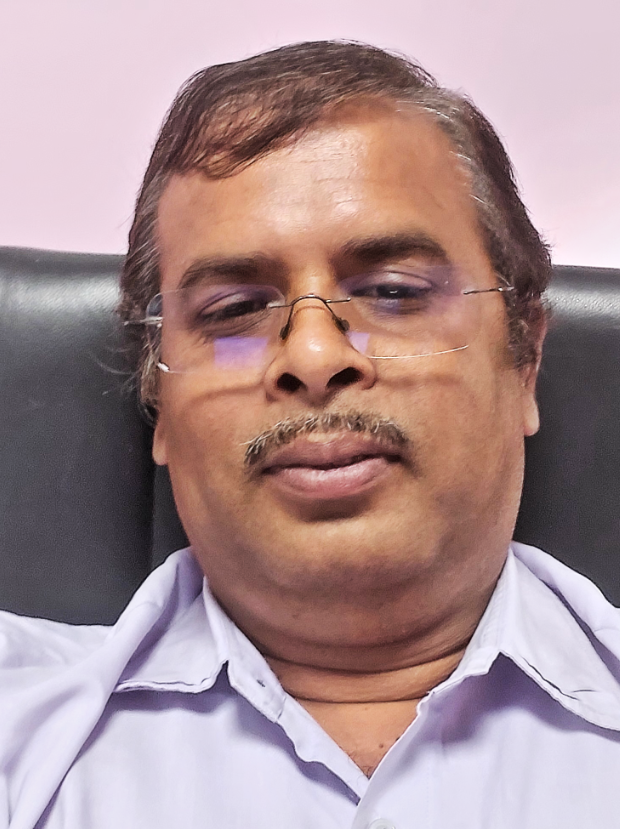 Invited Speaker
Invited Speaker

Prof. Koushik Biswas
Department of Metallurgical and Materials Engineering, Indian Institute of Technology Kharagpur, IndiaSpeech Title: Li-Ion Battery (LIB): Design Guidelines, State-of-the-Art and Future Sustainable Solution
Abstract: Due to increasing demand of power and energy sources, the design and fabrication of low-cost and renewable energy storage devices have become a new challenge. Mostly commercially available and scalable energy storage systems are based on either Lead-acid based or Lithium-ion battery (LIB). Though the Lead-acid battery technology is safe but suffers from low energy density with limited cycle life. Chemistry of Li battery technology has been well understood and leading the market due to high energy density and low-capacity decay upon charge-discharge. Till date, lithium-ion batteries are the state-of-the-art electrochemical energy storage technology for stationary (electronic devices and storage) and movable (EVs) applications. Herein, a comprehensive overview of very recent trends concerning important lithium ion battery systems will be discussed highlighting relative advantages and disadvantages of them.
Moreover, the materials design aspect in light of density functional theory (DFT) will also be addressed. DFT is a powerful tool to predict and characterize the component materials for lithium ion battery. It can envisage the stability of the component materials by from the atomic/ionic arrangements in the unit/supercell, can predict the overall conductivity, energy density and electro-chemical performances. A priori prediction can be made on the effect of intercalation/de-intercalation to the different structures (viz. Li2FeSiO4, Li2FeVO4 and LiFeTiO4), electronic states and electrochemical properties of them. This will give a thorough insight of the functional properties of these oxide materials and thus help to select them for cell fabrication. Thus, density functional theory can provide an insight into structural stability, density of state calculation, band gap estimation and overall electrode performance.
For sustainable battery technology, most global or national projects/companies focus on in-house development of recycling processes. However, most of these technologies are inefficient and use expensive hydrogen peroxide as reductant for dissolution of Co and Mn from the batteries (Li-MNCs). In view of this, an approach to use efficient reductant to produce new batteries from end-of-life batteries with an aim for energy and resource efficient recycling.
